Fifth Wrist has always had a strong interest in the independent watchmaking scene, and we are always looking to highlight emerging watchmaking talent, whether it be through podcast shows such as Independent Thinking, Rob and the Regulator or our German channel, Ohne Hemmung. I’d like to use this space to introduce Daisuke Oguri, a self-taught Japanese watchmaker based in Osaka. His vintage Art Deco-inspired designs caught my eye on Instagram a couple of years ago.
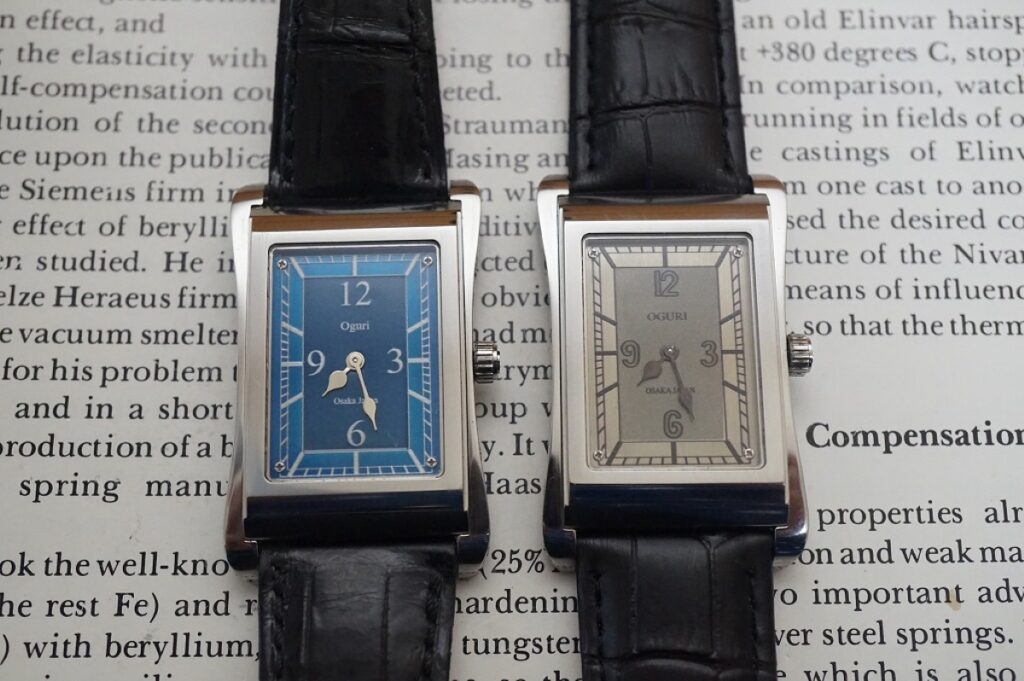
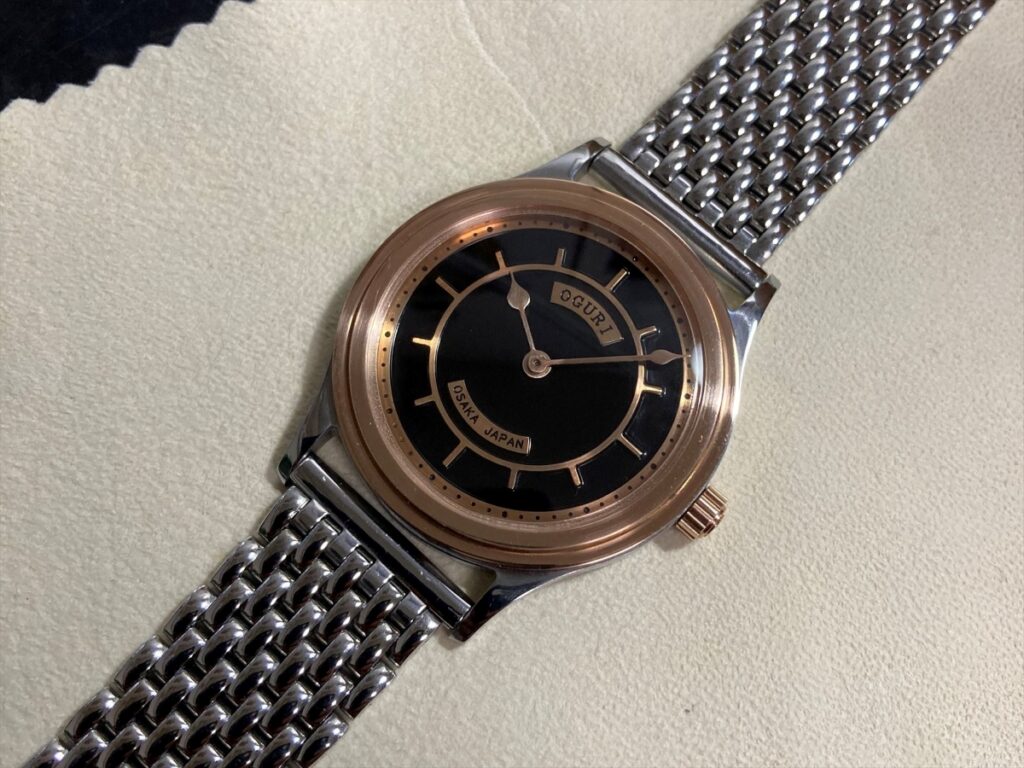
Since then, I have been following his Instagram account, where he regularly shares the progress of watches he’s working on. He painstakingly makes these in small batches at his home, with a lot of the parts made using a CNC machine that fits neatly into his closet after use.

I began chatting with Mr Oguri a few months ago, which eventually led to me purchasing one of his earlier models, the OG02, a 37mm time-only piece with a vintage AP movement (a review with more on how this came to pass to come soon).
Being keen to learn more about his journey and showcase it here on the Fifth Wrist website, I reached out to him about conducting an email interview which he graciously agreed to, and I hope you find it as fascinating as I did.
FW: Hi Daisuke, thank you for taking the time to tell us about your journey into the world of watchmaking. Could you tell us a bit about how and when your interest in watches started?
I first became interested in watches when I was in high school, after seeing vintage chronographs and Rolex in fashion magazines. The Internet didn’t exist back then. (I was born in 1973.)
FW: When did you start making your own watches?
I started making watches seven years ago, in 2017. I finished my first watch (Tourbillon) a year later. Before that I had been repairing watches as a hobby.
FW: You’re currently only making watches part-time. What is your full time job? How much time a week do you spend making watches?
My full-time job is as a systems engineer. I’m good at computer programming. I spend about six hours a week making watches.
FW: Can you describe which parts of your watches you make by yourself in your workshop in your home? And how did you develop the skills to do all this by yourself?
I learned my watchmaking skills by watching Hajime Asaoka’s Facebook page. I make all of the exterior parts of my watches (cases, dials, hands, crowns, etc.) myself. I only make the plates and bridges of the movements. I have not made the balance wheels or gears yet.
It doesn’t cost much money to make a watch. You can look at the Internet for how to make watches, you can get CAD and CAM for free, and you can buy CNC milling cutters from about 100,000 yen.
Furthermore, tools and materials can be easily purchased on websites like Amazon. The hurdle of making watches has dropped dramatically.
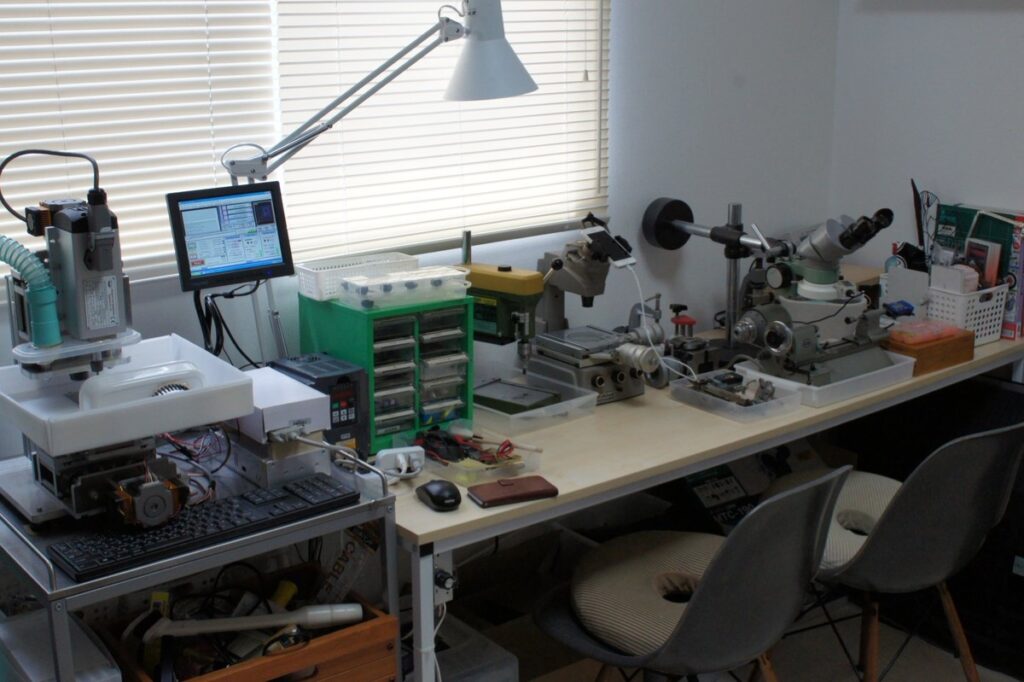
FW: Are there any particular watches, brands or watchmakers that have been a big inspiration for you or an influence on your style?
There was a Japanese TV program that introduced Philippe Dufour. Many Japanese people, including myself, were influenced by this program. This TV program is in Japanese, but I highly recommend watching it.
My design influences are vintage Rolex and Longines. I was also inspired by Hajime Asaoka, who created a Tourbillon using CNC and wanted to try it myself.
FW: It’s so interesting to me that you were able to teach yourself to create such a challenging complication, without any proper instructions! How long did it take to make the first tourbillon watch, and were you happy with it?
It took me a year to make my first tourbillon watch. Most of that time was spent making high-precision parts. For example, I spent time on things that were not directly related to watches, such as modifying the CNC machine, improving the processing program, and improving the method of fixing materials.
The structure of a tourbillon watch is fairly simple, so I was able to understand it just by looking at the diagrams in a watch magazine. The design was relatively easy, but machining the metal according to the design was difficult. I mainly use CNC to machine the parts, but various ingenuity is required to machine it according to the design.
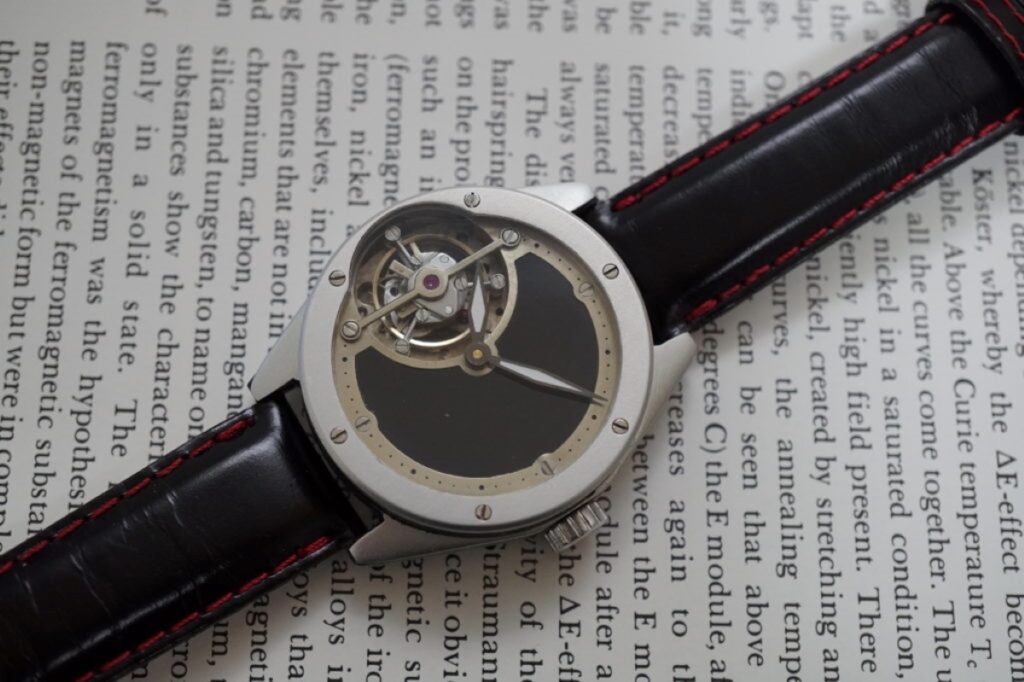
My first tourbillon watch in 2018 was a flying tourbillon using ball bearings, but the carriage had some play and would stop.
The second tourbillon with bridges was completed four months later. This one can be used for practical purposes. However, I’m not satisfied with the result. It’s too thick and I’m not satisfied with the finish. I would like to make another tourbillon someday.
FW: Your next two models were the OG02 and the OG03. Can you tell us a bit about the inspiration behind these models?
The design of the OG02 was inspired by vintage Longines. Stepped bezel, Art Deco dial, etc. The movement of the OG02 is the Audemars Piguet K2001. At the time, vintage Audemars Piguet movements with their gold cases stripped away could be obtained relatively cheaply. Now they are expensive.
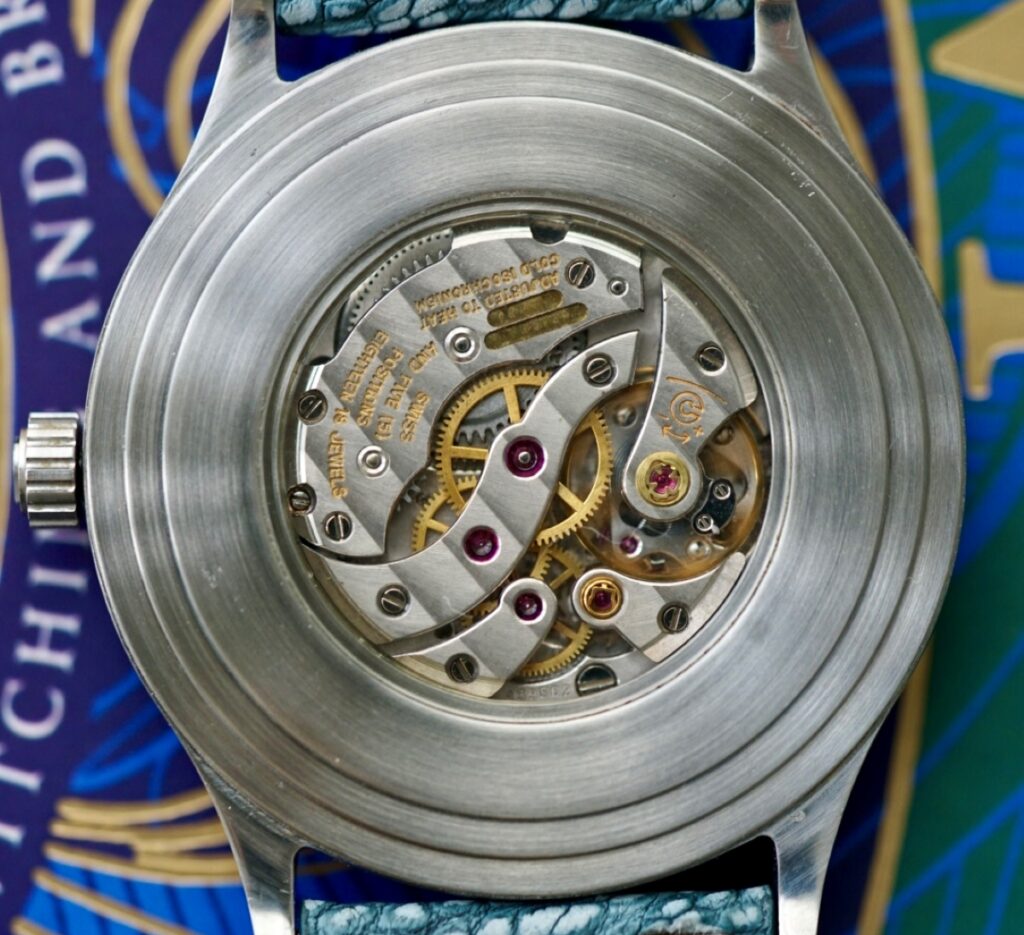
FW: Can you tell us more about the changes you make to the movement of the OG03?
The movement of the OG03 is based on the Unitas 6498. I made the movement bridge. I also blued the screws and decorated the ratchet wheel.
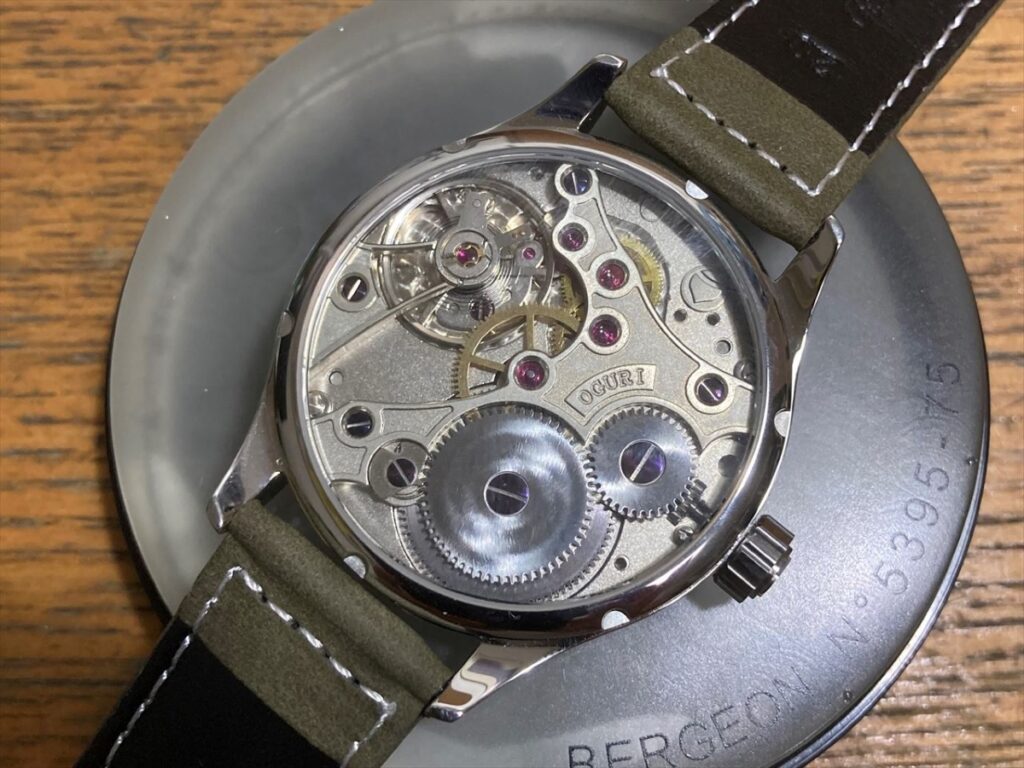
FW: How many watches do you make a year at the moment?
I can make about 10 watches a year. Working part-time, that’s the limit.
FW: Have most of your orders so far been from Japanese clients, or have you sold watches to many others like me around the world?
I get a lot of orders from overseas, but when I sell overseas if there are issues with initial defects and maintenance it can be a bit challenging, so at the moment most of my customers are in Japan.
FW: Do you have any plans to focus on watchmaking full-time in the future?
I would like to devote myself to watchmaking if possible, but I don’t have the skills yet, so for the time being I will make watches part-time. I would like to devote myself to watchmaking in about 10 years’ time.
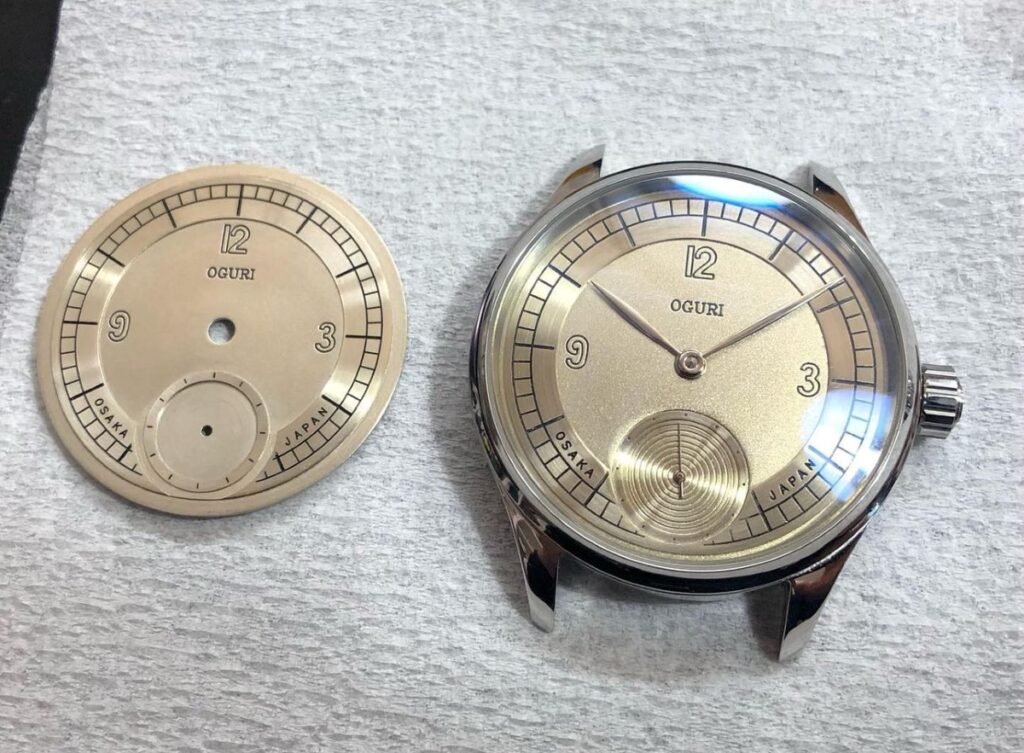
FW: How can people get in touch with you if they would like to purchase one of your watches?
Please leave a comment or message me on Twitter or Instagram. Please note that I cannot guarantee that you will be able to purchase the watch. When I released the OG03, I had 40 orders. However, I was only able to make 10. I won’t make any more than this, so I turned down offers from 30 people.
FW: Are you able to tell us about some of your plans for your next watch?
I like the Unitas 6497, but I think it’s too big. I plan to use parts from the Unitas 6497 to create a movement scaled down to 32.5mm. I have already completed a prototype, but it needs some refinement. The expected selling price is $7,000. Please look forward to it. I hope to announce it within a year.
You can see more of Daisuke’s work on Instagram @daisuke_oguri_watchmaking, on Twitter/X @ogdai002, and see his entire watchmaking journey on his website.
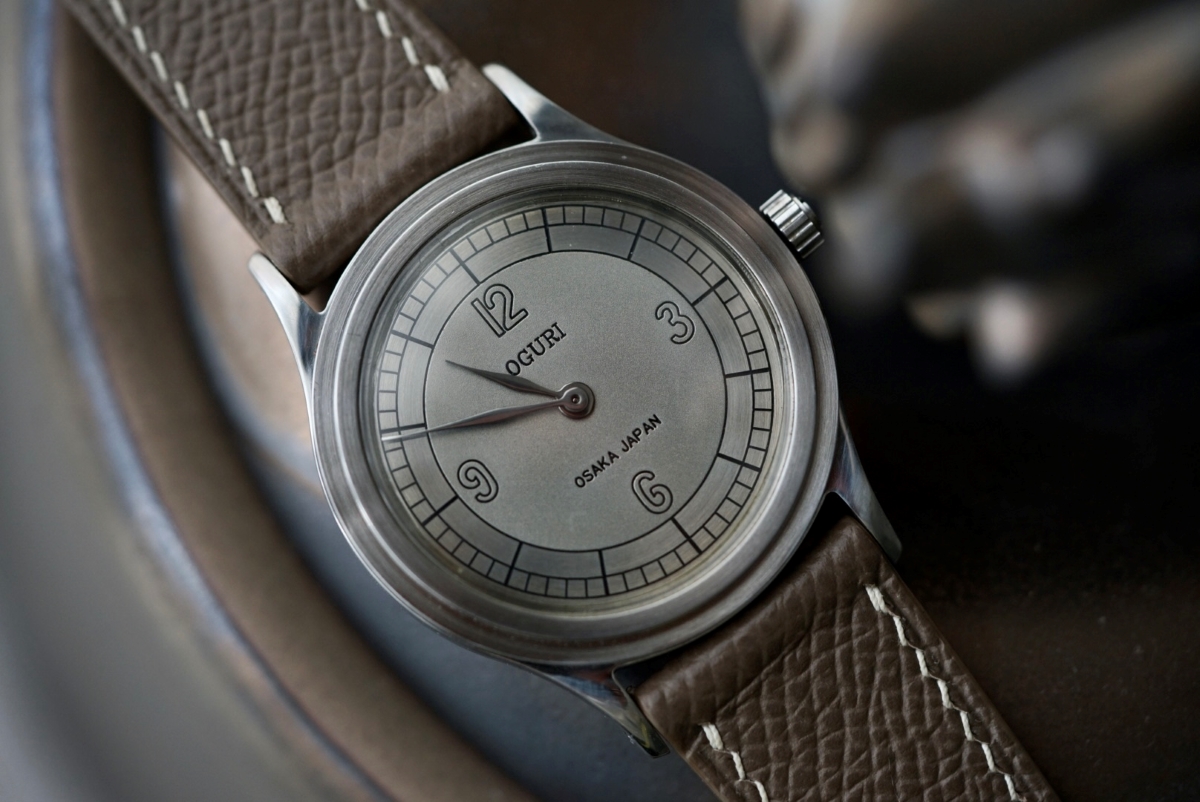

Leave a Reply
You must be logged in to post a comment.